Jane Bown is a photographer I greatly admire and whose work I continually return to look at for inspiration. Her work is exclusively black and white, she comments “ I prefer the simplicity and directness of black and white. It emphasises the underlying patterns of light and dark and confers a natural harmony on the subject. Black and white is quiet, where colour is noisy and distracting, and I feel that it allows the personality of the sitter to come through” Introduction Pg. x Observer Books “Exposures Jane Bown” These are the qualities I aim to show with my latest set of portraits and for my third assignment I have continued with the family portraiture work started for assignment 1.
Brief information about each image is included below but more detailed written notes have sent to my tutor . Some of my written work is quite personal and I prefer to keep this offline.
1.
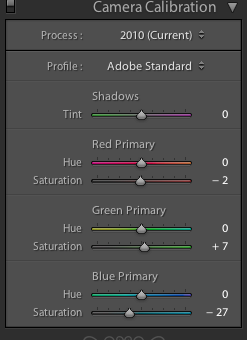
Taken outside using a white shed door as the background.
Custom WB @ 7682 -41 tint.
Adobe standard camera calibration setting using LR slider.
+ I stop exposure.
+ 45 Clarity
Tone curve adjustment.
2.

Tripod. Cable release. Daylight outdoors. Black velvet background.
Custom WB @ 5986 + 41 tint.
Portrait camera calibration setting using LR slider
+ 30 Clarity adjustment.
+ 1.30 stop exposure.
Tone curve adjustment
3.
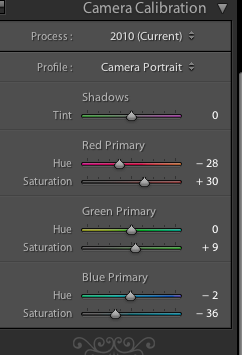
Tripod. Cable release. Daylight outdoors. Black velvet backdrop.
Custom WB @ 5100 + 20 tint.
Portrait camera calibration setting using LR slider
+18 Clarity adjustment.
+ 0.40 exposure
Tone curve adjustment.
4.
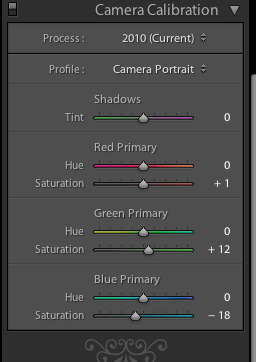
Daylight.
Custom WB @ 5278 + 14 tint
Tone curve adjustment.
Portrait camera calibration setting using LR slider
5.
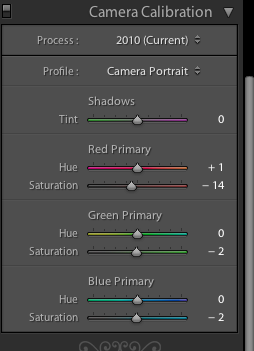
Tripod. Cable release. Light meter.
Indoors using available frontal light from window.
Off white/cream wall as background.
Custom WB @ 5697 + 52 tint.
+ 77 Clarity adjustment
Portrait camera calibration setting using LR slider.
Tone curve adjustment.
6.
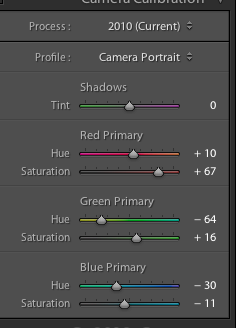
Tripod. Cable release. Daylight outdoors.
Black velvet backdrop.
Daylight WB
Portrait camera calibration setting using LR slider.
+ 1.25 exposure
+ 20 Clarity adjustment
Tone curve adjustment.
7.
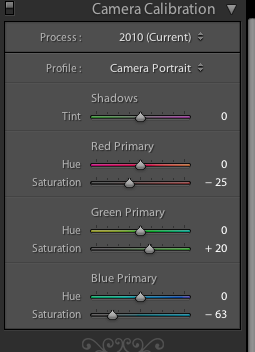
Tripod. Cable release. Light meter (invaluable for getting exposure correct)
Taken indoors using available side and frontal window light.
Black velvet backdrop.
Custom WB @ 4045 + 147 Tint
Adobe standard camera calibration setting using LR slider
+59 Clarity adjustment
Tone curve adjustment
8.
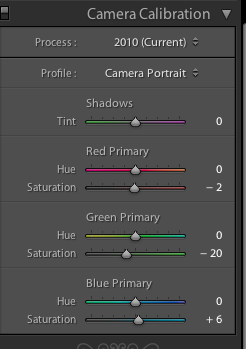
Daylight. Bright sunshine in a shady area of the garden.
Late August.
Custom WB @ 4200 + 22 tint
- 9 Clarity adjustment
Portrait camera calibration setting using LR slider.
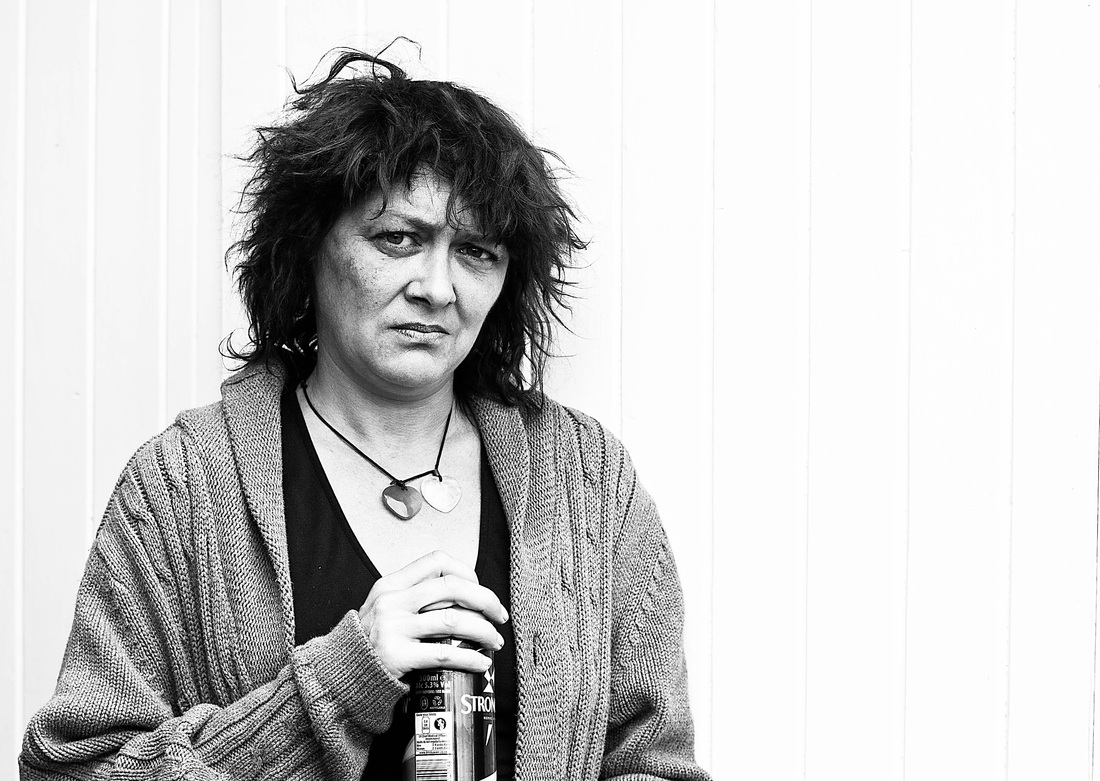


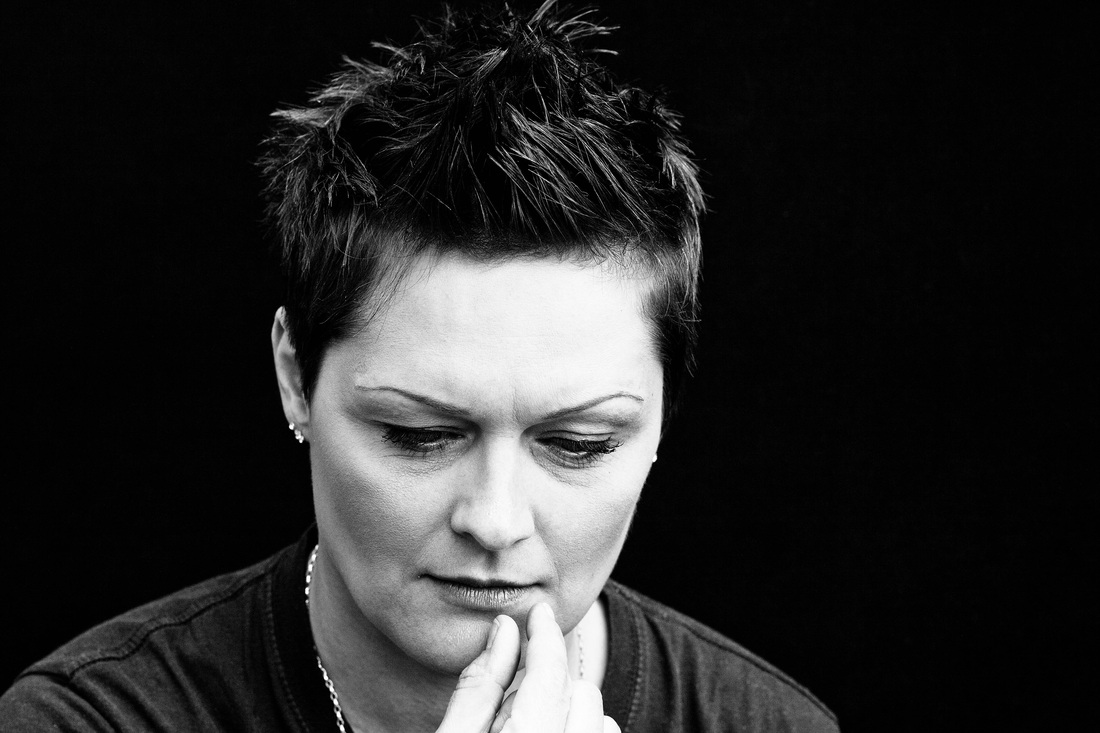

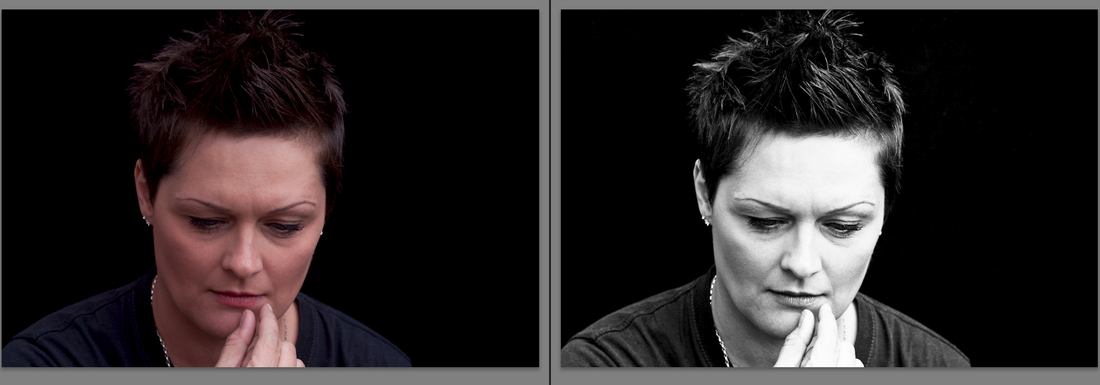
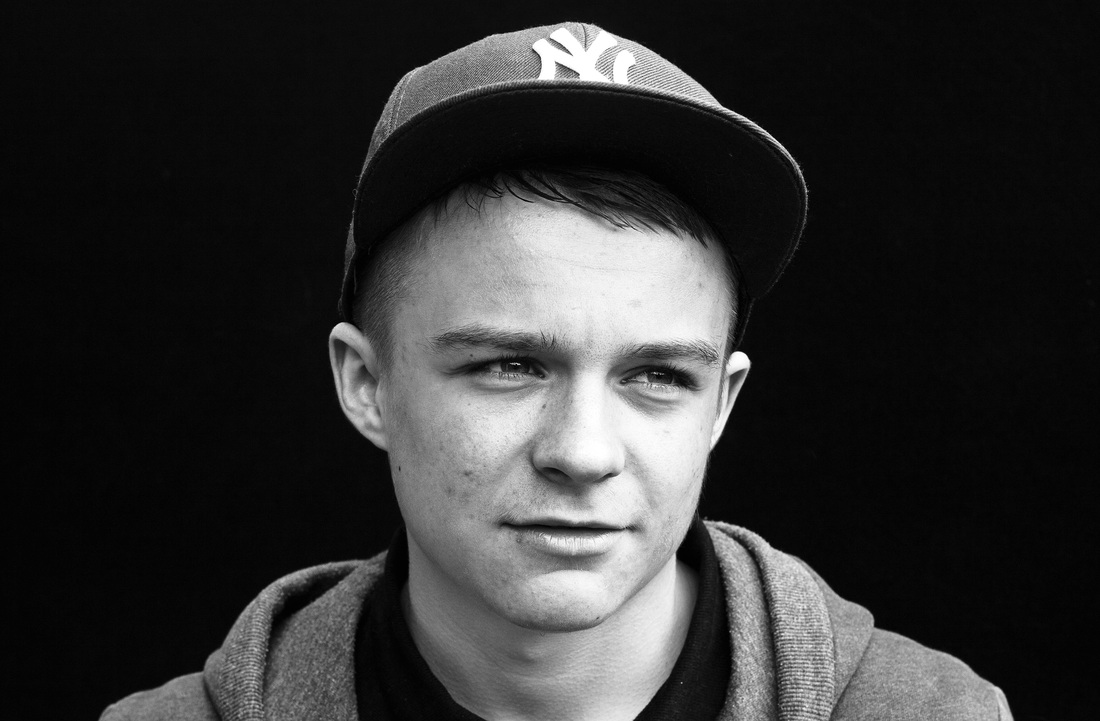

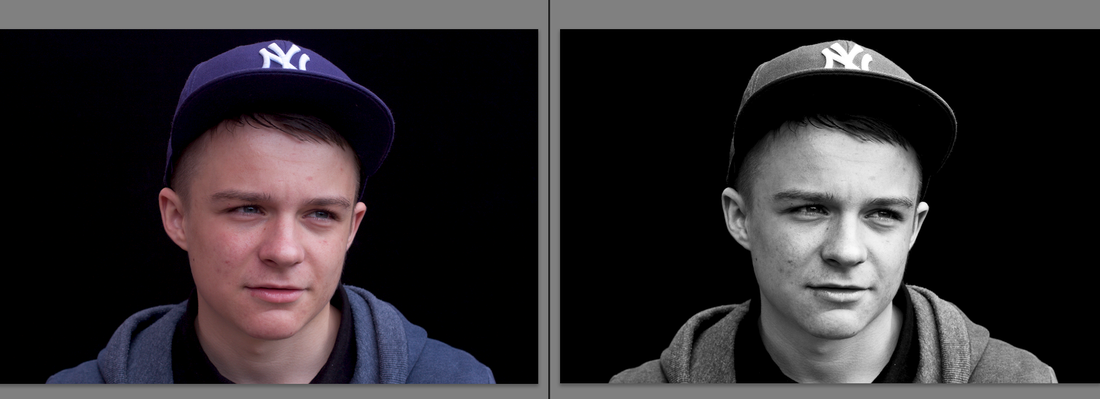
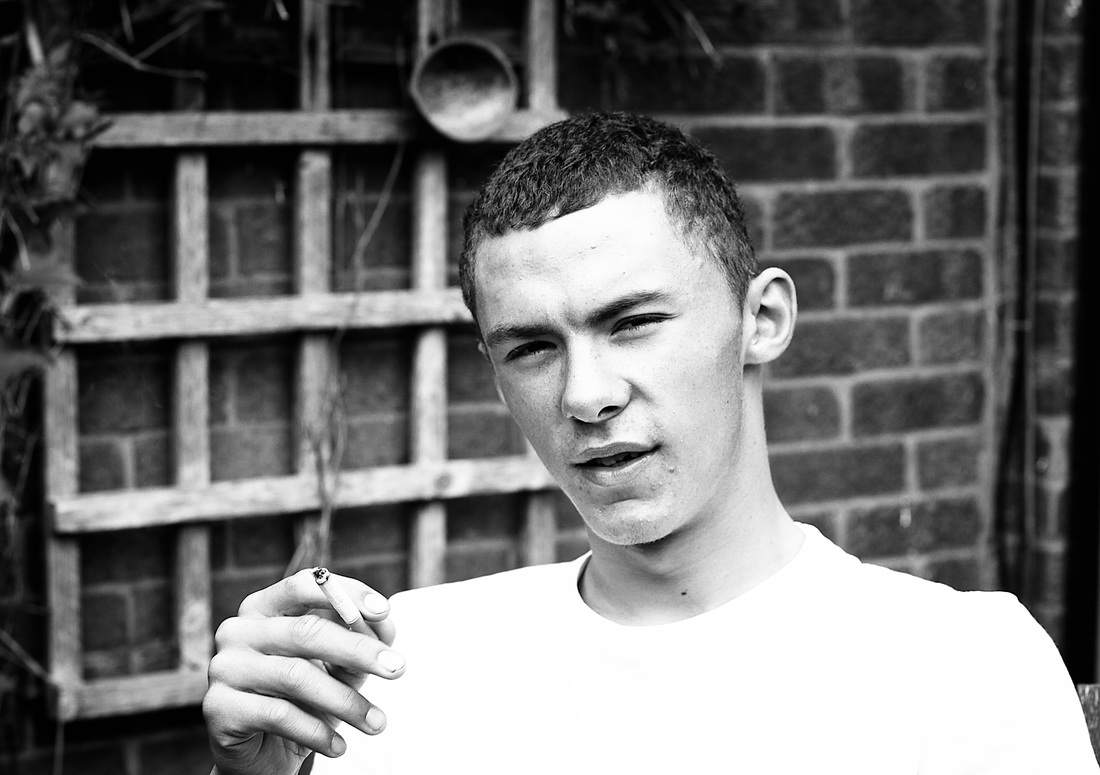


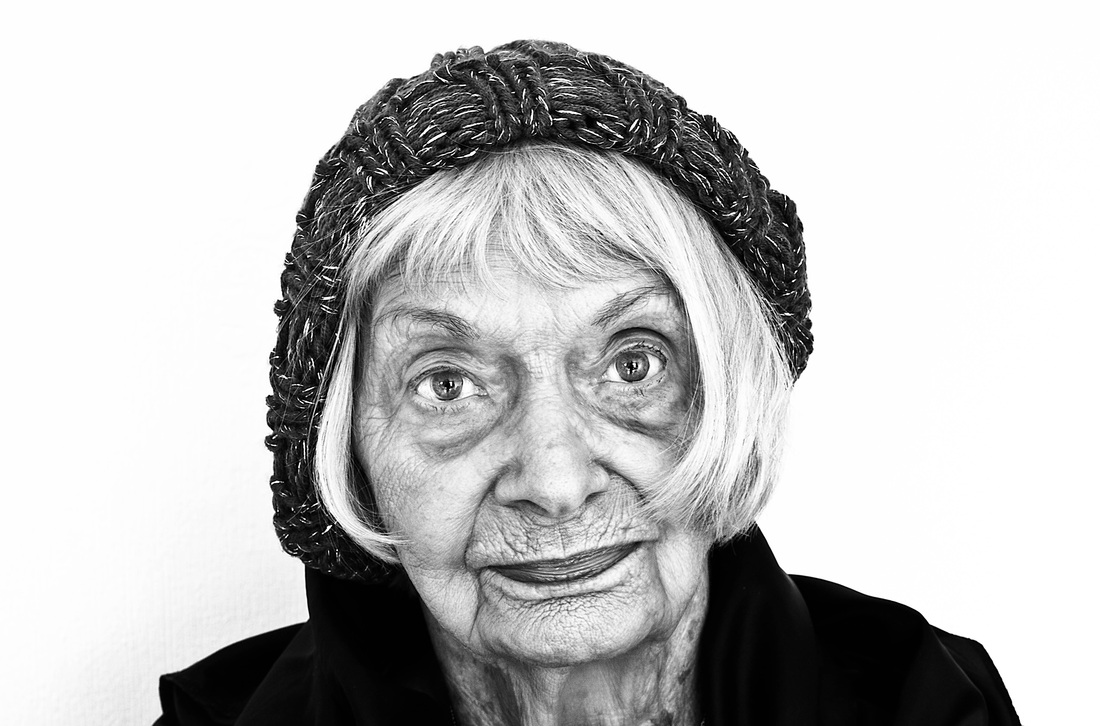


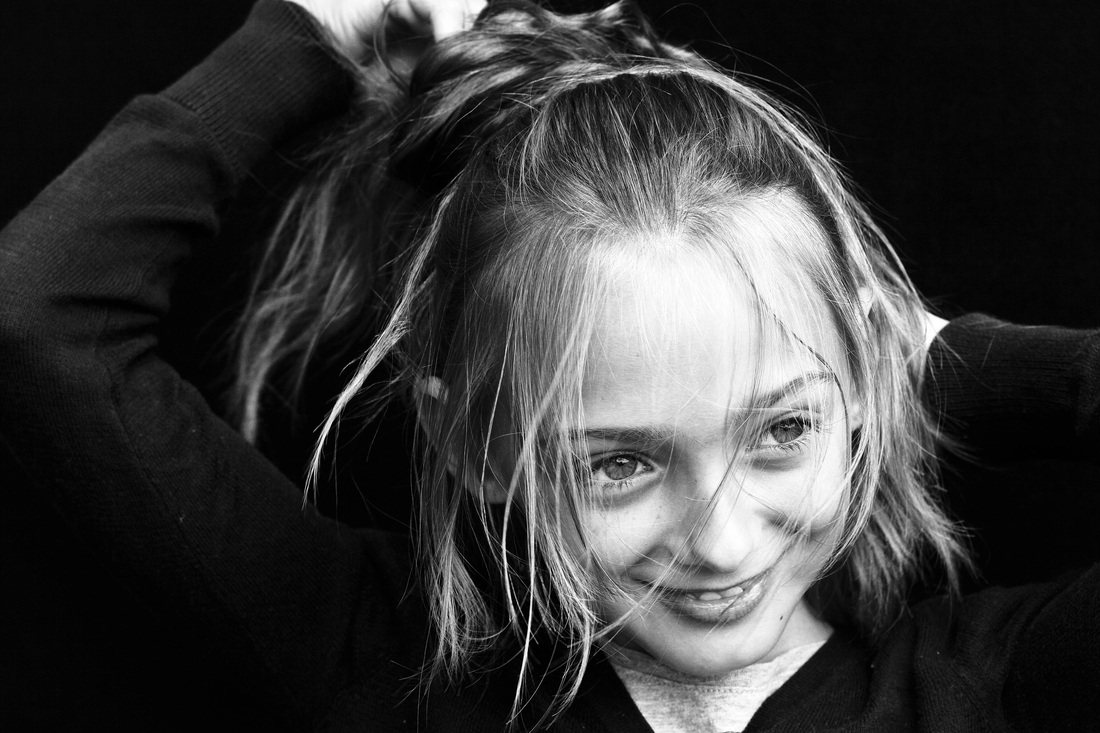

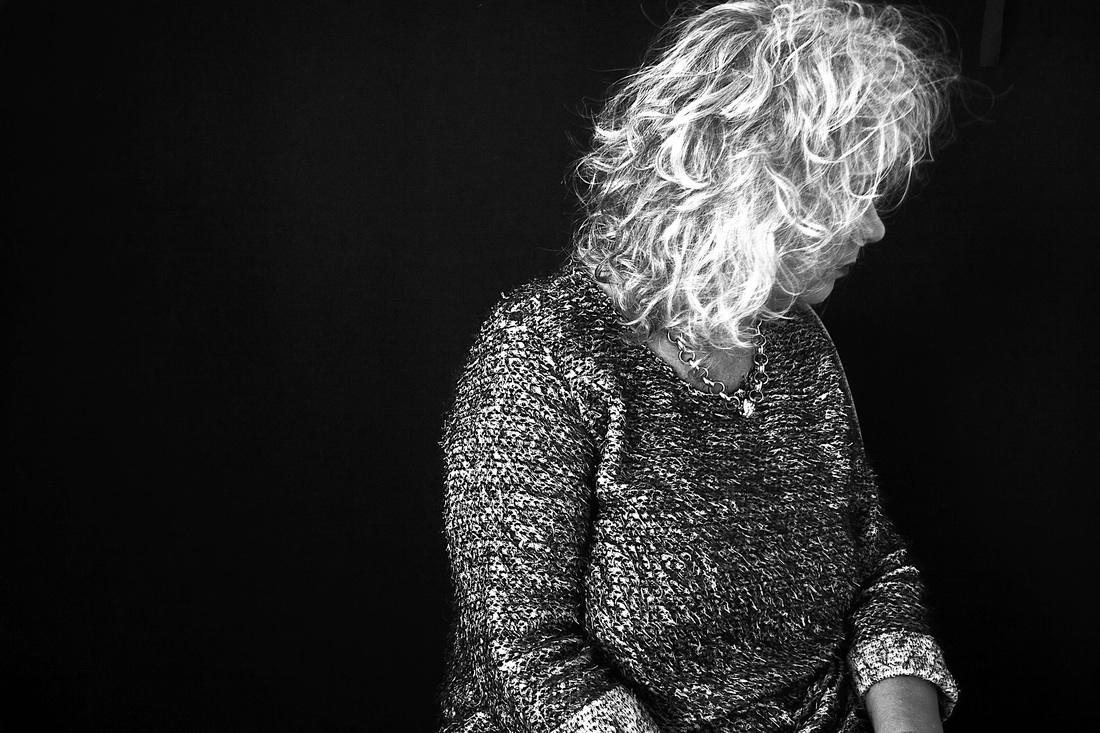


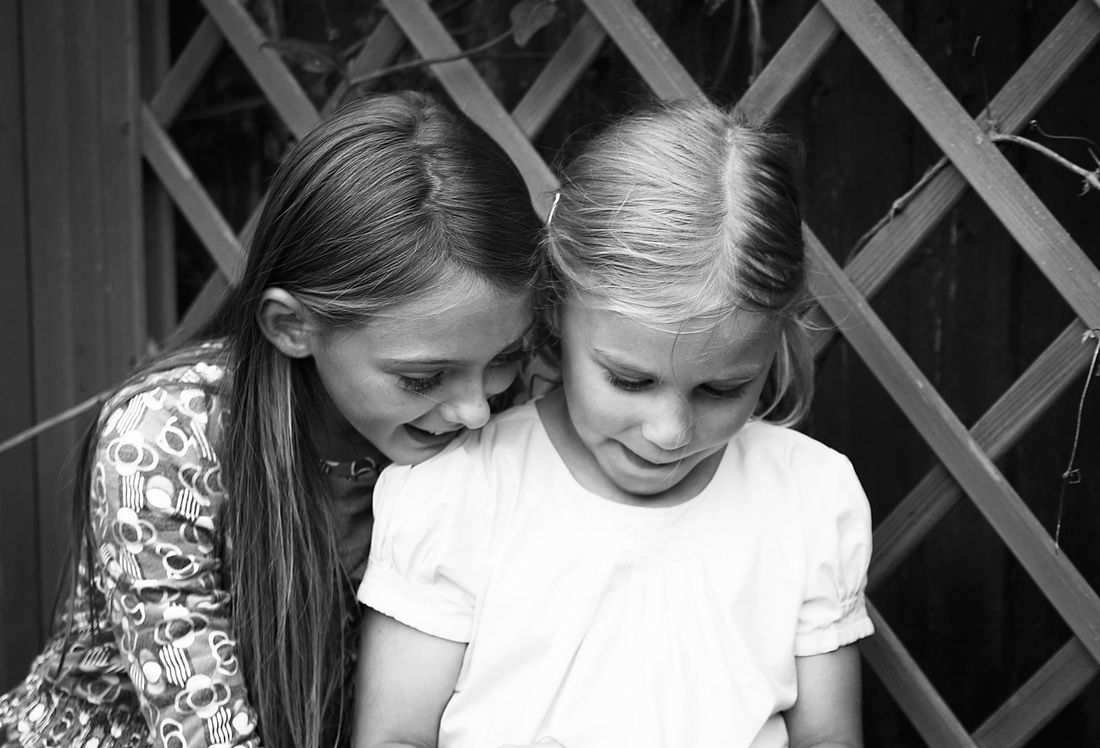


 RSS Feed
RSS Feed